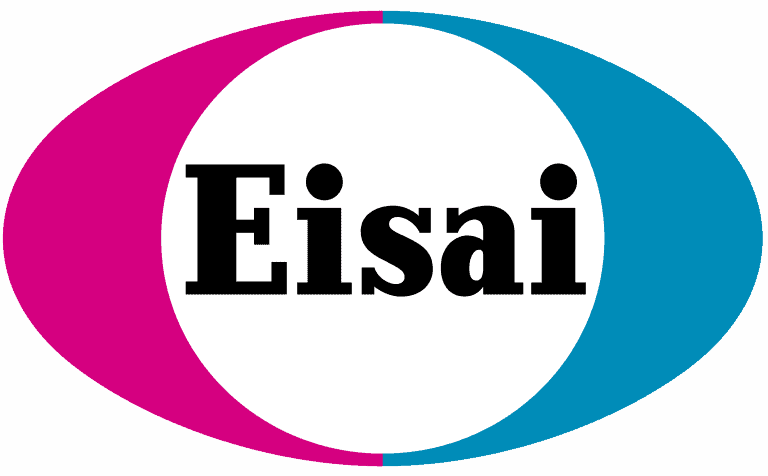Banerji et al (2021) recently published a manuscript in Brain Communications describing their investigation of metabolic pathways in a zebrafish model of Dravet syndrome. Previous studies had described metabolic deficits in Dravet syndrome generally related to decreased energetic output. The ketogenic diet remains one of the more successful therapies for seizure reduction in Dravet syndrome, also pointing to energy metabolism as a potential therapeutic pathway. Indeed, while the ketogenic diet can be successful, the dietary regimen is strict and can be challenging to maintain. The researchers here further investigated the metabolic disruptions in Dravet syndrome and identified metabolic pathways that may be targeted for therapeutic approaches.
Zebrafish have been utilized as an effective model of Dravet syndrome, recapitulating many of the same symptoms identified in patients. A zebrafish model of Dravet syndrome (called scn1lab) has been used to discover anti-seizure drugs that are now in human clinical trials, and metabolic pathways in the zebrafish utilize similar mechanisms as in humans, making them ideal for these kinds of studies. Previous investigations identified some specific metabolic genes (pck1 and pck2) that are important for glucose metabolism and are reduced in the Dravet syndrome scn1lab zebrafish. The researchers in this paper decided to look for compounds that could increase expression of these genes
Through a drug screen, they found a molecule (PK11195) that could increase pck1 gene expression in the scn1lab zebrafish. PK11195 is a compound that binds to Translocator protein (TSPO), which is a receptor on mitochondria that has been suggested to be involved in various pathways like cholesterol metabolism, inflammatory responses, calcium signaling, and glucose metabolism. Indeed, treatment with PK11195 improved the metabolic defects of scn1lab zebrafish. Importantly, behavioral and electrographic seizure activity were found to be suppressed following treatment with PK11195. These results provide a proof-of-concept that modulation of pck1 and the TSPO receptor may have the ability to correct metabolic dysfunction and seizures in Dravet syndrome. The relevance of these results to human therapies is highlighted by previous studies in scn1lab zebrafish that show tight conservation in the response to compounds that reduce seizure activity. Understanding and directly targeting the affected metabolic molecules and pathways that are disrupted in Dravet syndrome might allow the therapeutic potential of corrected energy metabolism to be leveraged in a direct manner, rather than through strenuous dietary restrictions.
Original Article:
R. Banerji, C. Huynh, F. Figueroa, M. T. Dinday, S. C Baraban, M. Patel (2021) Enhancing glucose metabolism via gluconeogenesis is therapeutic in a zebrafish model of Dravet syndrome.Brain Communications, fcab004, https://doi.org/10.1093/braincomms/fcab004






